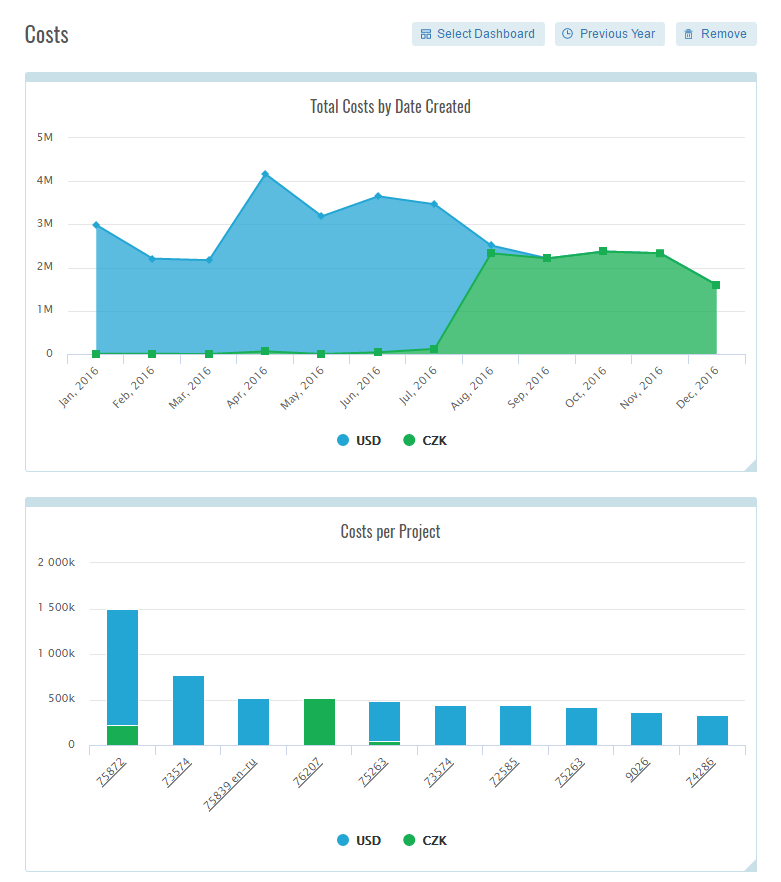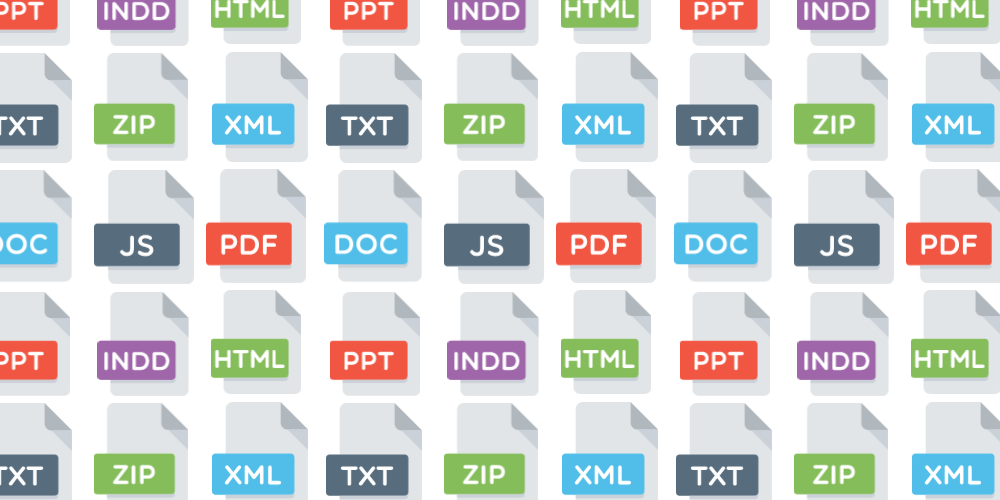
Blog
Machine Translation Report
What is the optimal MT Engine for you? Find out in the latest MT Report by Memsource.

Marketers around the world are all trying to do one thing: reach more people. With only 26% of the world’s internet population operating in English, if localization isn’t part of your marketing strategy, it’s likely that billions (yes, billions!) of non-English customers are slipping through your hands.
For companies that want to expand globally, a successful strategy must be in place and language considerations should be a part of that. A study by research firm Common Sense Advisory surveyed online shoppers from 10 countries and found that 75% of people preferred to make purchases in their native language and a shocking 60% of respondents “never” or “rarely” purchased from English-only websites.
An additional CSA study shows that the market for outsourcing translation and interpreting services in the United States surpassed $40 billion in 2016, and the demand for language services and technology increased by 5.52% from the previous year.
Theses studies tell us that localization is no longer optional, it has become a necessity.
Is your team localizing? Why aren’t more companies doing it? Is it really as complex or as expensive as it seems? Let us break down some marketing localization myths for you:
Myth #1 - Translating content is a complex process
With so many people involved - the in-house team, external translators, translation agencies - and many documents needing translation very quickly, getting everyone on the same page with localization can seem like a daunting task. Plus, there’s the technology. Who has the time to get trained on yet another tool?
For marketers, localization doesn’t have to be complicated. There are now easy-to-use systems that can streamline the content translation process.
Translation management systems (TMS) offer a centralized platform that allows global marketing teams to work alongside each other and easily collaborate with translation vendors and freelancers. Companies like Sega Networks and Citroen can work side-by-side with their in-house translators and chosen translation vendor. Citroen and their translation provider, TextMinded, are able to share data and resources between the marketing team, the in-house translators, and the external TextMinded team.
With a professional TMS, marketers can be completely hands-off. At Tennis-Point GmbH, the company software development team set up the new TMS to automatically send new website updates for translation once per week. Additionally, the development team also set up their in-house marketing team in Memsource. This setup allows them to easily send HTML email newsletters twice per week to their translation agency to be localized into 12 languages without having to dive deep into any installation and training procedure. They simply log in, drag and drop their HTML files into an Automation Widget, set a deadline, approve the cost, and the file is off to the translation agency. When the translation is completed, the marketing team receives a localized HTML file that they can easily import into their EMS.
Myth #2 - Localization is too expensive and time consuming
Is localization really worth it? Is there really a return on value for marketing? Perhaps senior management doesn’t see the value or it seems unnecessary to invest in another technology tool.
A translation management platform is not only a worthy investment, but an affordable one too. Translation management platforms come equipped for translation memory (TM), a database that stores previous translations over time. Utilizing a translation memory within a CAT tool will save money by eliminating duplicate or repetitive translations. Translators will spend less time on translating the same words and phrases over and over again, and focus instead on making the translation feel natural in the target language. And you will save money because you will never translate the same sentence twice.
You will also be able to analyze the cost and savings through dashboards. Analytical dashboards can break down costs by vendor, job, or word, show savings over time from translation memory and repetitions, and display job status. Dashboards can easily allow marketers to create visual and dynamic ROI reports for senior management so managers can align marketing localization with company strategies.
And you will also save time. A lot of time.
Fujifilm was able to cut down their localization of InDesign files from 90 minutes to just 15 - an 80% saving! Tennis-Point also saved 30% of their time, 130 days per year, by centralizing and automating their website localization.
Remember that by localizing more content into multiple languages, you will gain a significant competitive advantage in your market. A study by Memsource highlighted how 80 major companies worth over one billion USD are localizing not only their websites, but their additional support sites as well. It is in your company’s financial interest to speak to your customers in their native language across as many mediums as possible - before your competitors!
Myth #3 - There’s no way to keep track of what you said last year
Let’s say you’re already localizing - but other than digging through proofs and files, or contacting previous freelancers, there’s no way to keep track of what you said a year before, or how your slogan was translated into a specific language. How can you keep track of previous translations and phrases? How can you guarantee the same wording across different marketing collateral and media channels?
Companies like Danfoss are able to maintain terminology consistency in 20 languages across websites, product catalogues, email newsletters, and more by maintaining translation memory and term bases (glossaries) in their TMS. It keeps all the data centralized on their side, and translation memory recognizes full or partial sentences (segments), ensuring they are translated in the same way each time. The term bases keep company phrases, slogans, and key terms consistent across media, regardless of which vendor or translator is doing the localizing. If any term is updated, the central term bases can be modified and the new term will be applied in real time to all current and future projects.
When companies and translation agencies team up together, maintaining glossaries and translation memory not only keeps things consistent, it also allows everyone to save on their budget (another way to save!) and reduce turnaround time.
Myth #4 - It’s hard to add new languages
You’ve just learned the company is entering a new country and the marketing team needs a plan of entry. How are you going to introduce yourself to your new customers? Just use English? And possibly isolate a large group of customers?
As mentioned, the CSA online shopping survey suggests you should definitely take a different approach and speak in your new customers’ native language whenever possible. Online job boards can help companies connect with language- and region-specific agencies and freelancers to help expand localization offerings.
Is it a country with less reliable internet connections? No problem, CAT-tools can have both online and offline functionality, keeping the data connected but allowing flexibility for internet connections.
It’s also possible to work with multiple translation vendors to get the best translations and quality checks in specific languages. For example, you can work with your long-standing translation agency as well as a native-speaking freelance translator living in the desired country for a quality check. You can also find language service providers who specialize in region- or industry-specific areas to ensure the best possible translation. Working with multiple partners can help make expanding your language offerings much simpler.
To take your localization even further, you can look into transcreation services provided by language agencies like Xigen which will bring even more benefits to your multilingual SEO.
Myth #5 - There are too many mediums and formats
HTML, PDFs, InDesign - oh my! There’s no way you can easily translate all of these and maintain the same structure and format, right?
Wrong. Translation management platforms offer compatibility with dozens of file types (50+ in Memsource), including the types marketers use daily such as .pdf, .idml, and .html. CMS systems can also be integrated via API to easily translate websites on platforms like WordPress and Drupal. There’s also increasing demand for multilingual video subtitles and voiceovers which can be managed by partnering with agencies.
Fujifilm’s graphic department easily translates .idml and .pdf files and Tennis-Point’s team localizes HTML files on a regular basis (remember, we mentioned it earlier). Some CAT-tools also have a live in-context preview feature that allows translators to see how the localized content will look, eliminating the back-and-forth conversations about increasing or reducing the character count to fit the area.
With a TMS that handles multiple file formats, you will eliminate the need to copy-paste content, maintain strings in a spreadsheet, and many of the other manual localization headaches.
Start localizing today
Speaking in your customer’s language across marketing media isn’t only critical, it’s a revenue generator. Now that you know localizing can save time, money, and doesn’t have to be complicated, why not try out Memsource for 30 days and see the benefits for yourself?
Already localizing? Are you certain you’re getting the best bang for your buck? See how you could streamline your efforts through centralizing your data and automating your processes.
Start a free trial of Memsource today.








